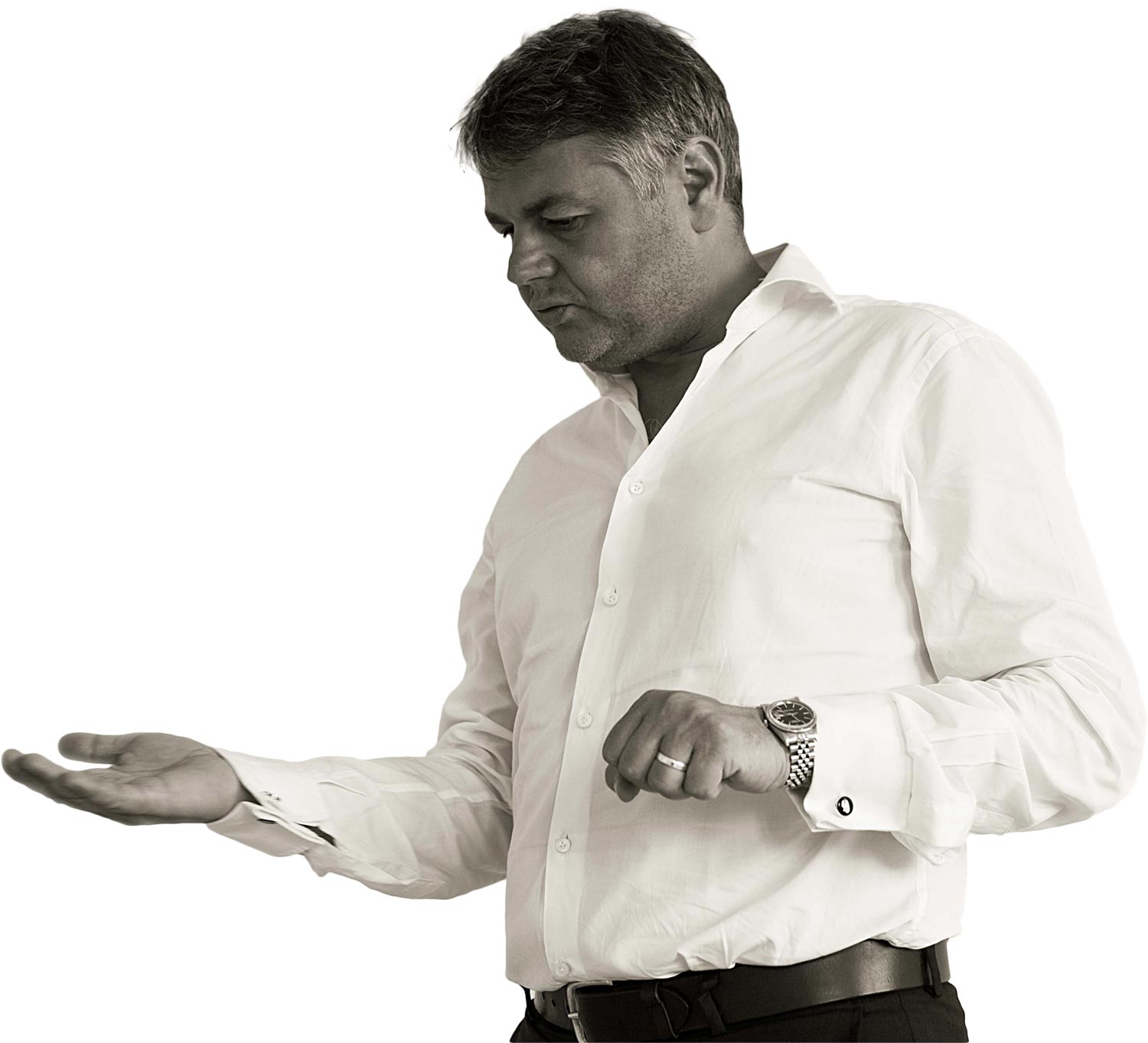Fee
Basically, lawyers are entitled to invoice according to the Lawyer’s Tariff Law (“Rechtsanwalts-Tarifgesetz, RATG”), to the autonomous fee guidelines (“Autonome Honorarrichtlinien, AHK”) for lawyers, to flat-rate fees agreed upon in individual cases or hourly rates.
Each of these systems bears its advantages yet disadvantages. An invoicing according to RATG is directly based on laws, the one according to AHK on a guideline issued by the Bar Association.
However, these two ways of settlement are problematic on the one hand due to a frequent inappropriateness of the actual performed work (since a fixed basis for assessment is used), and on the other hand because they are based on rather complex formulas, making the result of the invoicing often hard to predict and understand.

FLAT RATE FEES
Flat-rate fees have the advantage of predicting the expenditure. However, there is almost no mandate whose total time can be absolutely foreseen. Therefore, with flat-rate fees there is always a winner and a loser. We aim at win-win results!
ACHIVEMENT PRINCIPLE – HOURLY RATE
We want to handle our relationship to our clients fair and to avoid that one of the concerned parties feels at a disadvantage. Therefore, we usually invoice according to the time involved, thus according to hourly rates.
This kind of settlement entails that it is entirely obvious who spent when how much time on what and how much it costs.
The big advantage lies in the complete transparency of the bills of fees. (Upon request, you may receive a detailed list of all performed work which shows the kind, size and costs of all our activities).
Moreover, you may draw up a calculation and thus set up a provision, since in most cases an approximate estimate of the expected time involved can be provided in advance.
SIZE OF HOURLY RATE
The size of our hourly rates is arranged individually with you and varies in accordance with the complexity of the concerned matter.
FIRST STEPS
A client’s representation can only be ideal if the lawyer knows the company and the peculiarities of his client, has understood his aims and problems and is able to put himself in the economic and legal position of the client. We think it is fair if we – at our discretion – do not charge you the entire time we need to get to know each other in case you continue to use our services. We regard this as an investment into the future.